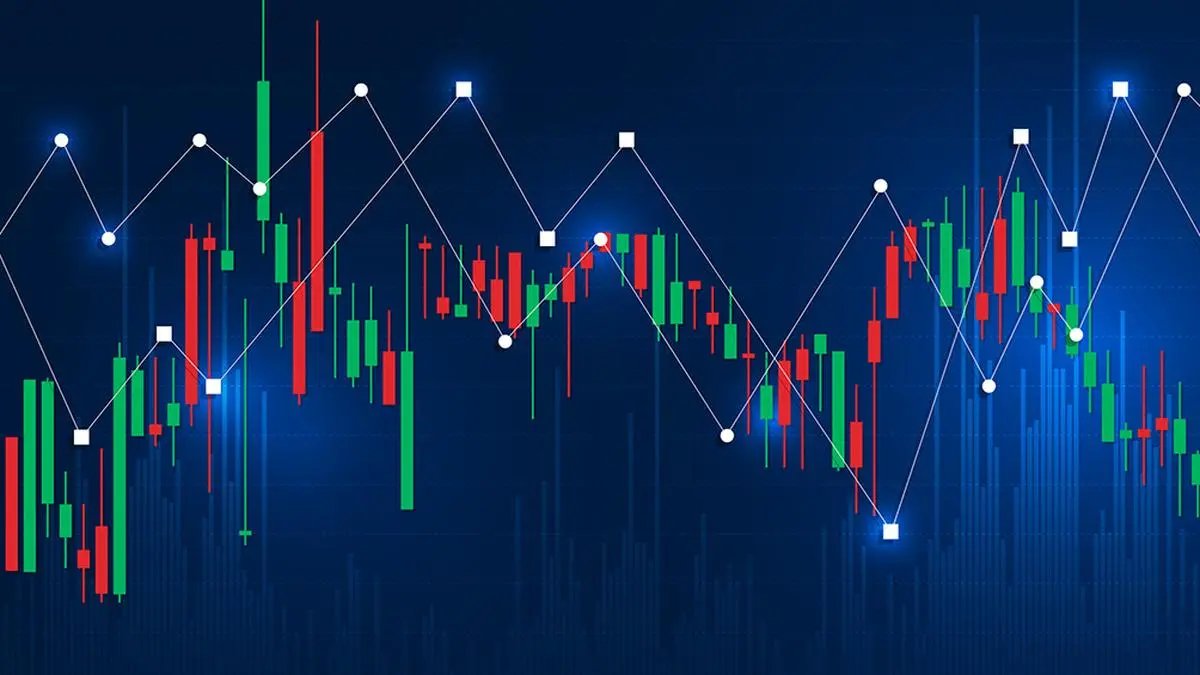S&P Global: GST & IT Tax cuts plus good monsoon to keep India’s demand strong

S&P Global on Tuesday maintained India’s economic forecast at 6.5 per cent for Fiscal Year 2025-26. It expects rate cuts in GST and Income Tax to boost domestic demand.
“We expect domestic demand to remain strong, supported by a largely benign monsoon season, cuts in the income and the goods and services tax, and accelerating government investment,” the agency said in its latest quarterly Asia-Pacific economic commentary. Further it said that GDP growth in the June quarter was better than expected at 7.8 per cent.
India has implemented rate cuts for Goods and Services Tax with effect from September 22. With revision in around 400 goods and services, the expectation is that there will be some impact on retail inflation based on Consumer Price Index (CPI).
S&P Global too had similar opinion. “For India, we have revised our inflation forecast down to 3.2 per cent for this fiscal year after a sharper than expected decrease in food inflation. This leaves room for further monetary policy adjustments and we anticipate a 25 bps rate cut by the Reserve Bank of India this fiscal year,” the agency said.
The agency noted that Investment has been particularly buoyant in India, and Malaysia and Taiwan posted growth rates of up to 16 per cent in the first half of 2025.
However, “in India that strength stems from government investment, as private capex remains sluggish,” it said.
Talking about U.S. tariffs, it said that impact on imports from different Asian economies will shape both their export outlook and their role in regional supply chains. Relative to June assumptions on U.S. tariffs, China has so far fared somewhat better than other Asian economies, and Southeast Asian emerging markets somewhat worse.
“India has been hit much harder than expected, and the region’s developed economies broadly as expected,” the agency said.
Compared to the situation prior to the Trump administration’s tariffs, all Asia-Pacific economies face much higher effective U.S. tariffs.
The rise is higher for China than for Southeast Asian emerging markets and developed economies, and currently even higher for India. But “we think the risk of further changes in U.S. tariffs, and thus these relative positions, is high,” the agency said.
Further it estimated the increase in the effective tariff on China compared to the pre-Trump administration situation is higher than for Southeast Asian emerging markets, but not drastically.
“In our view, this suggests that relative price competitiveness in the U.S. market may not have shifted enough to warrant major supply-chain adjustments–particularly given the ongoing uncertainty around U.S. tariff policy and the U.S. administration’s plan to curb what it describes as “trans-shipment”, or a re-routing of shipments to evade applicable duties,” it said.
That said, companies will continue to shift manufacturing operations because of other reasons, such as diversification. “Using the same benchmark–relative to the pre-Trump administration situation–we estimate that India’s effective U.S. tariff has increased quite a bit more than that on the rest of Asia, challenging its plans to expand its role in export-oriented manufacturing,” the agency said.
More Like This

Published on September 23, 2025


